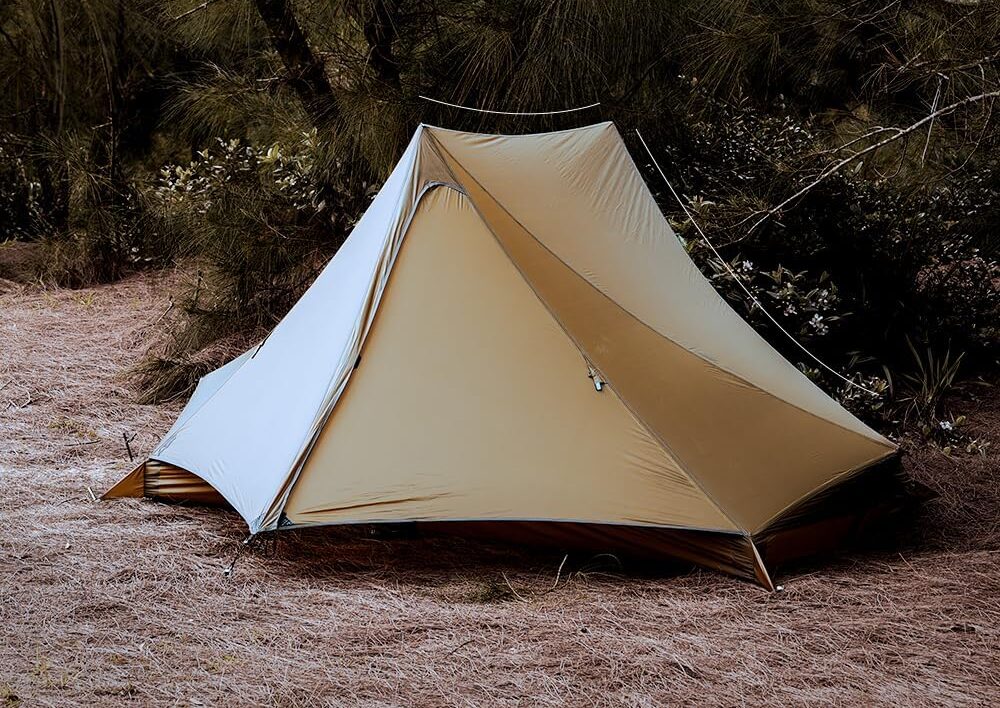<script type="text/javascript" src="http://classic.avantlink.com/affiliate_app_confirm.php?mode=js&authResponse=c4e13e1b9b5acdedad16d533a16f7bf0c234d607"></script>
<script type="text/javascript" src="http://classic.avantlink.com/affiliate_app_confirm.php?mode=js&authResponse=c4e13e1b9b5acdedad16d533a16f7bf0c234d607"></script>

Choosing between an ultralight tent and a traditional tent can impact your camping experience in terms of weight, durability, comfort, and cost. Ultralight tents are designed for backpackers and thru-hikers who prioritize weight savings, while traditional tents offer better protection and durability for various conditions.
In this guide, we’ll compare ultralight vs. traditional tents, covering weight, materials, ease of setup, durability, and price to help you find the best option for your adventures. If you’re still searching for the perfect tent, check out our Best Tents of 2025 for expert recommendations.
🔹 Best for: Backpackers and thru-hikers should opt for ultralight tents, while campers who prioritize comfort and durability may prefer traditional options.
🔹 Best for: Rough terrain and extreme weather require a traditional tent, while ultralight tents excel in mild conditions.
🔹 Best for: If you want a quick, hassle-free setup, go with a traditional freestanding tent. If you’re comfortable with extra setup steps, an ultralight tent saves weight.
🔹 Best for: Traditional tents are better for bad weather and extended trips, while ultralight tents work well in dry, warm conditions.
🔹 Best for: Budget-conscious hikers will find better deals with traditional tents, while ultralight enthusiasts must be prepared to pay more for weight savings.
| Feature | Ultralight Tents | Traditional Tents |
|---|---|---|
| Weight | ✅ Lighter (1-3 lbs) | ❌ Heavier (4-7+ lbs) |
| Durability | ❌ More delicate | ✅ More rugged |
| Ease of Setup | ❌ Requires careful staking | ✅ Freestanding & easier to set up |
| Weather Protection | ❌ Best for mild weather | ✅ Better for storms & cold temps |
| Comfort & Space | ❌ Minimal space | ✅ More room inside |
| Price | ❌ Expensive ($300-$800) | ✅ Budget-friendly ($100+) |
🚫 Choosing an ultralight tent without considering durability.
✅ Solution: If you hike on rough terrain, consider a reinforced ultralight model.
🚫 Buying a traditional tent when weight is a major concern.
✅ Solution: If backpacking, cut weight by switching to an ultralight tent.
🚫 Ignoring ventilation and condensation issues.
✅ Solution: Look for double-wall construction or adjustable vents.
❓ Are ultralight tents worth it?
👉 Yes, if you prioritize weight savings and are comfortable with more delicate materials and extra setup steps.
❓ Can ultralight tents handle rain and storms?
👉 Some can, but traditional tents provide better protection in extreme conditions.
❓ How much weight do you save with an ultralight tent?
👉 Typically 2-4 lbs, which makes a big difference on long-distance hikes.
The choice between an ultralight vs. traditional tent comes down to your camping style, weight preferences, and budget. If you prioritize lightweight, compact gear, an ultralight tent is a great investment. If you need comfort, durability, and weather resistance, a traditional tent is the better option.
Looking for the best tents this year? Check out our Best Tents of 2025 for expert recommendations!